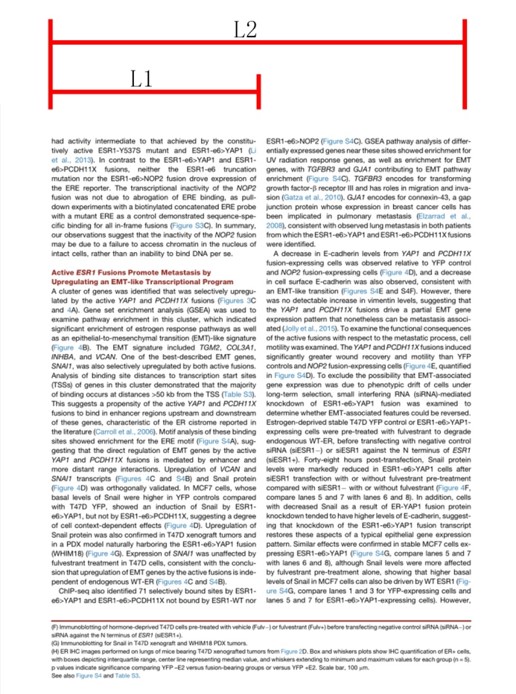При создании иллюстраций для научных статей первое, что нам нужно определить, — это макет (размеры) изображений. Проектирование и рисование на неправильном макете часто приводит к ненужным проблемам на финальном этапе подачи. Рекомендации по требованиям к макету изображений обычно четко изложены в Руководстве для авторов издателя. Если нет, авторам рекомендуется связаться с издателем напрямую — это прояснит требования и продемонстрирует профессионализм, внимание к деталям и уважение к журналу.
Здесь мы кратко обсудим распространенные макеты, используемые в научных рисунках.
За исключением нескольких специализированных журналов (таких как Science и некоторые публикации по физике), большинство академических журналов используют двухколоночный макет. В этом контексте мы фокусируемся на двух ключевых измерениях: L1 (ширина одной колонки) и L2 (ширина двух колонок).

Когда мы начинаем проектировать и рисовать рисунок, первое, что нужно учесть и определить, — это ширина изображения: следует ли использовать одноколоночный или двухколоночный макет.Что касается высоты, то ее, как правило, можно регулировать свободно.Ниже приведены примеры макетов с двумя и одним столбцом.

Наши часы
Пн, 21 ноября – Ср, 23 ноября: 9:00 – 20:00.
Чт, 24.11: закрыто. С Днем Благодарения!
Пт, 25 ноября: 8:00–22:00.
Сб 26.11 – Вс 27.11: 10:00 – 21:00
(все часы указаны по восточному времени)